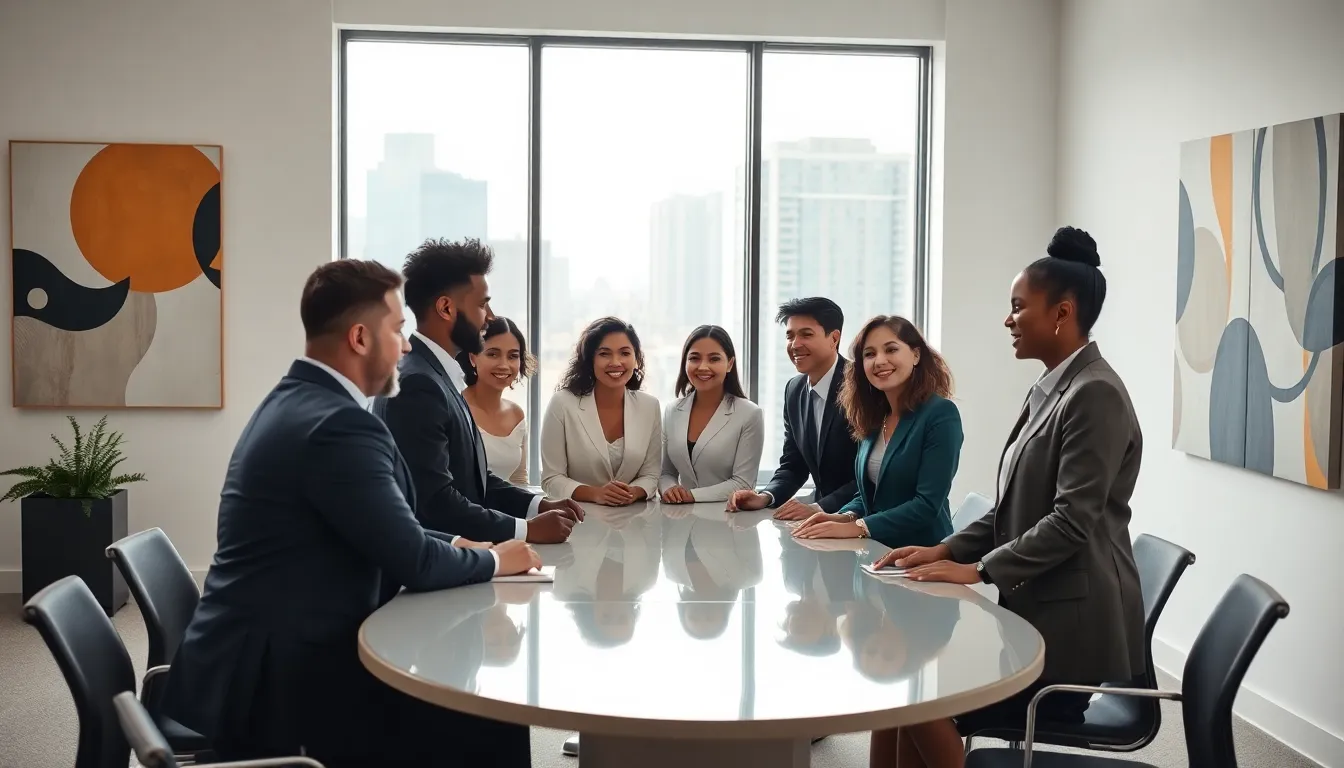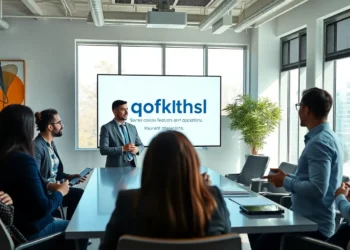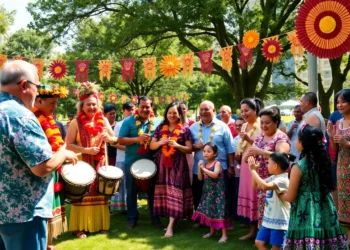Ever wondered about the quirky term “alliesynns”? It might sound like the name of a new online trend or a fancy dish at a hip restaurant. But it’s more than just a fun word. Imagine a social construct, a kind of unifying concept, bringing together people from various backgrounds. Curious yet? Let’s jump into this colorful tapestry that is alliesynns, unraveling its origins, cultural significance, and how it’s shaping communities as we know them today.
Alliesynns

The term alliesynns derives from the fusion of two critical components: allies and sins. You might think it sounds like a mash-up of superheroes and a guilty conscience. In essence, alliesynns describes a collective of individuals who, even though their distinct identities, forge alliances to promote understanding and collaboration. Originating in both sociocultural studies and grassroots movements, the concept emphasizes the common goal of creating inclusive environments. To better grasp its essence, it’s essential to recognize how this idea garners its strength from unity and diversity.
The Cultural Significance of Alliesynns
Why does the concept of alliesynns matter in today’s fast-paced world? The cultural significance is akin to finding a reliable compass in a stormy sea of differences. Alliesynns stand as a beacon of hope and connection, showcasing how shared values can lead to collective power. They illuminate the strength found in diversity, pushing back against the forces of division and strife.
From art to activism, alliesynns permeate various terrains of cultural expression. Through literature, music, and even social media, communities find ways to embrace their alliesynns, representing their values and beliefs. Movements rooted in solidarity have seen alliesynns evolve, encompassing everything from LGBTQ+ advocacy to environmental causes.
How Alliesynns Impact Community Dynamics
The impact of alliesynns on community dynamics cannot be understated. When individuals unite under the common banner of alliesynns, it creates an environment where dialogue flourishes. It brings people together, allowing them to share their experiences, challenges, and triumphs. In a world often divided by differences, alliesynns help dismantle barriers that may otherwise build walls.
Consider community events like workshops or forums that aim to discuss social issues. Here, alliesynns propel collective action and understanding. Members find common purpose, making the community stronger and more resilient. The result? Increased cooperation, better conflict resolution, and a rich exchange of ideas that push social movements forward.
Exploring the Different Types of Alliesynns
When examining alliesynns, it’s crucial to recognize the various forms they can take. Different types can exist depending on context, goals, and geographical boundaries.
Navigating the Alliesynns Relationship Landscape
Some may appear as formal alliances in professional environments, aimed at promoting workplace equity. Others cultivate grassroots movements focused on local community challenges. Each type offers its glow, resonating uniquely within its space.
For instance, interdisciplinary collaborations among artists can foster a sense of alliesynns, transcending the usual boundaries of individual creativity. In educational settings, alliesynns often manifest as supportive networks that champion vulnerable populations, creating a ripple effect of positive change.
The Role of Alliesynns in Modern Society
Alliesynns are not just a buzzword: they play a pivotal role in modern society. The idea emphasizes that individual voices, when united, can inspire change that reverberates throughout communities. Whether through activism, education, or social engagement, alliesynns provide a framework for collective action.
To highlight their importance, one can look to recent movements striving for justice and equality. Here, alliesynns are crucial, serving as a bridge to connect diverse groups and amplify marginalized voices. In an increasingly polarized world, embracing the spirit of alliesynns becomes essential for fostering dialogue, empathy, and eventually, societal progress. This collective action can drive policies that advocate for systemic changes and inclusivity.













